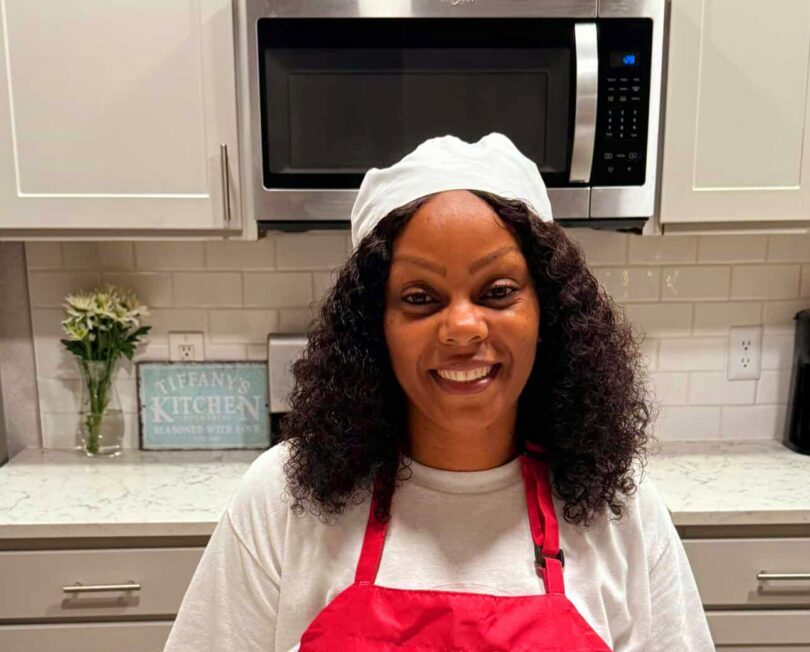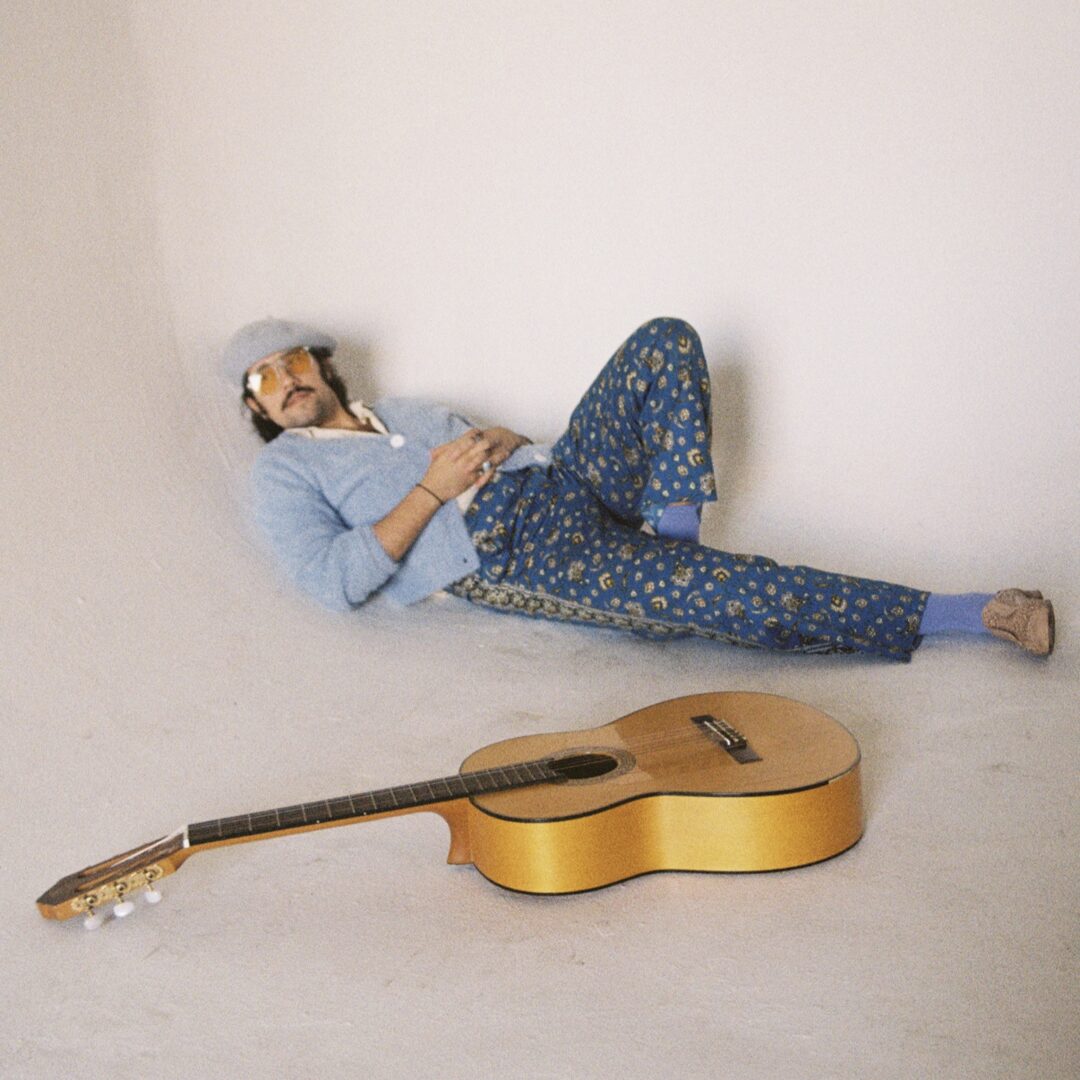We were lucky to catch up with Suneha Balasubramanya recently and have shared our conversation below.
Suneha, we’re thrilled to have you on our platform and we think there is so much folks can learn from you and your story. Something that matters deeply to us is living a life and leading a career filled with purpose and so let’s start by chatting about how you found your purpose.
Finding my purpose has been a deeply personal journey and it has often revolved around a combination of self-reflection, exploration and experiences by trying out various activities, roles and projects that has genuinely resonated with me since I was a kid
Currently finding my purpose as an Architect that transitioned to a Production Designer has been a fascinating journey that stemmed from a deep-seated love for creating spaces that tell a story. My Architectural background gave me a solid foundation in design principles and spatial awareness, but overtime I realized my true passion lay in how those principles could be applied to narrative environments. In architecture, I was always captivated by how spaces could shape human experiences and interactions. This fascination naturally extended to the world of production design, where I saw an opportunity to immerse myself in storytelling through spatial design. The shift allowed me to blend my architectural skills with a new layer of creativity, focusing on crafting environments that support and enhance narratives in film, theater, and other media. By working on various projects and reflecting on what inspired me most, I found that my purpose is to create immersive environments that not only reflect a story but also enhance it. This purpose drives my approach to production design, where I strive to build worlds that resonate with audiences and elevate the storytelling experience.

Appreciate the insights and wisdom. Before we dig deeper and ask you about the skills that matter and more, maybe you can tell our readers about yourself?
I am Suneha Balasubramanya, an Architect, Production Designer and an Art Director. I’m From Bangalore, India. Growing up in a family with a dad who’s a civil engineer and mom an Artist and an Indian classical singer, I developed an appreciation for art and structure much earlier in life. Every other weekend was filled with building launches with my dad or music and dance concerts and art exhibitions with my mom. I knew nothing beyond this. Hence I took up Architecture when it was time to pursue my Bachelors. Having been an avid reader and cinema lover, I was always intrigued about the emotions I was left with when I finished a book or came out of the theaters. And one fine day as I worked in a good corporate job as a design manager in an architecture firm, was left with extreme void, I felt stifled as a designer confined to the desk from 9 to 5 and felt an urge to do so much more as a designer, create spaces that push boundaries of imagination and allows for a lot of creative freedom and also exudes those said emotions that might inspire someone. This led me to pursue MFA in Production Design in American film institute in Los Angeles. My journey studying production design has been such a transformative experience. Each project I’ve worked on helped me refine my skills, pushing me to think critically about how to make design choices that support the story. This is also where my design process became more refined—learning to work under constraints like budgets, time, and logistical challenges, while still delivering visually compelling environments. Im currently working as a Production Designer and an Art Director on short movies and commercials since I graduated from AFI last year, while some of the shorts I’ve worked on are currently doing their festival runs.

If you had to pick three qualities that are most important to develop, which three would you say matter most?
As a designer, the three most impactful qualities or skills would be “creative problem-solving”, “collaboration”, and “adaptability”. These have been essential for me in shaping not only the projects but also the ability to thrive in a constantly evolving field like design. Creative Problem-Solving in design is extremely foundational. Whether in architecture, production design, or any other creative discipline, every project comes with unique challenges—be it budget constraints, tight deadlines, or design limitations. The key is to not just see problems, but opportunities for innovation. I would say practice brainstorming and ideation regularly. Take the time to engage in exercises that challenge you to think of multiple solutions to a single problem. For example, redesigning an object or space for different purposes forces you to think beyond the obvious. Learn from constraints- Instead of being frustrated by limitations, see them as a challenge to find innovative solutions. Great design often emerges when you have to think outs of the box due to constraints like materials, budget, or space. Have to broaden your understanding by exploring fields outside of your specialty, like technology, psychology, or art. This cross-disciplinary approach enhances your ability to solve problems creatively with fresh perspectives. Design is rarely a solo endeavor, especially in fields like production design, where the designer works closely with directors, cinematographers, and other departments. The ability to communicate your vision clearly and work as part of a larger team is critical. Understanding and valuing input from others allows the final product to be cohesive and more impactful, hence collaboration is very important in this field . Learn to articulate your ideas effectively. This doesn’t just mean creating great visuals but also being able to explain the ‘why’ behind your design choices. Practice presenting your ideas to others and taking constructive feedback. Learn about the responsibilities of the other people you’ll work with, such as directors or set designers in film, or clients in architecture. The more you understand their perspective, and develop an empathy the better you can collaborate and anticipate needs. Whether in school or on the job, actively seek opportunities to work on collaborative projects. The more you experience teamwork, the better you’ll understand how to integrate feedback and share creative ownership of a project. The ability to adapt to new tools, trends, and project needs is key in the design world, where technology and styles evolve constantly. Whether it’s learning new software, adjusting your design approach to fit different genres, or responding to last-minute changes, adaptability keeps your work relevant and your process smooth.. Stay updated on the latest design software and techniques in your field which ensures you’re always ready to tackle the next challenge. Don’t get too attached to a particular way of working. Push yourself to try different styles or techniques, even if they’re outside your comfort zone. Be open to critique and quick adjustments, especially in fast-paced environments like film production. Learning how to pivot without losing your creative vision is a skill that comes with experience and a willingness to let go of initial ideas when necessary. In any project, things may change at the last minute—client feedback, production requirements, or even creative direction. Train yourself to not just tolerate but embrace these changes as part of the process. By focusing on these areas—creative problem-solving, collaboration, and adaptability—you’ll not only improve your design skills but also set yourself up for a successful and sustainable career in any creative field.

What do you do when you feel overwhelmed? Any advice or strategies?
Being a designer, feeling overwhelmed can stem from juggling multiple projects, tight deadlines, or creative blocks. It’s easy to get lost in the details. Taking a step back helps regain clarity. I usually review the Big Picture and I ask myself, “What is the core goal of this design?” Returning to the project’s main purpose can help refocus the efforts on what truly matters and cut through the noise of minor details. Sometimes literally zooming out while working on a digital design and viewing the project from a distance can help you see how elements work together and identify areas that might need adjustment without getting bogged down by minute details. Large design projects can feel overwhelming when viewed as a whole. Breaking them down into smaller, actionable tasks makes it easier to approach. Write out each step of the design process and assign deadlines for smaller tasks. This creates momentum and keeps you moving forward, even on complex projects. what works best for me is returning to a more intuitive, analog approach like sketching, which has helped me break free from creative blocks. I also use Project Management Tools like Trello, Asana, or Notion which has helped me organize tasks, set deadlines, and track progress. But mainly prioritizing self-care is very important to avoid burnout and stay creatively fresh during deadlines.
Contact Info:
- Website: https://sunehabalasubramanya.com
- Instagram: Suneha_balasubramanya
- Linkedin: https://www.linkedin.com/in/rebecca-m-a371185/



so if you or someone you know deserves recognition please let us know here.




